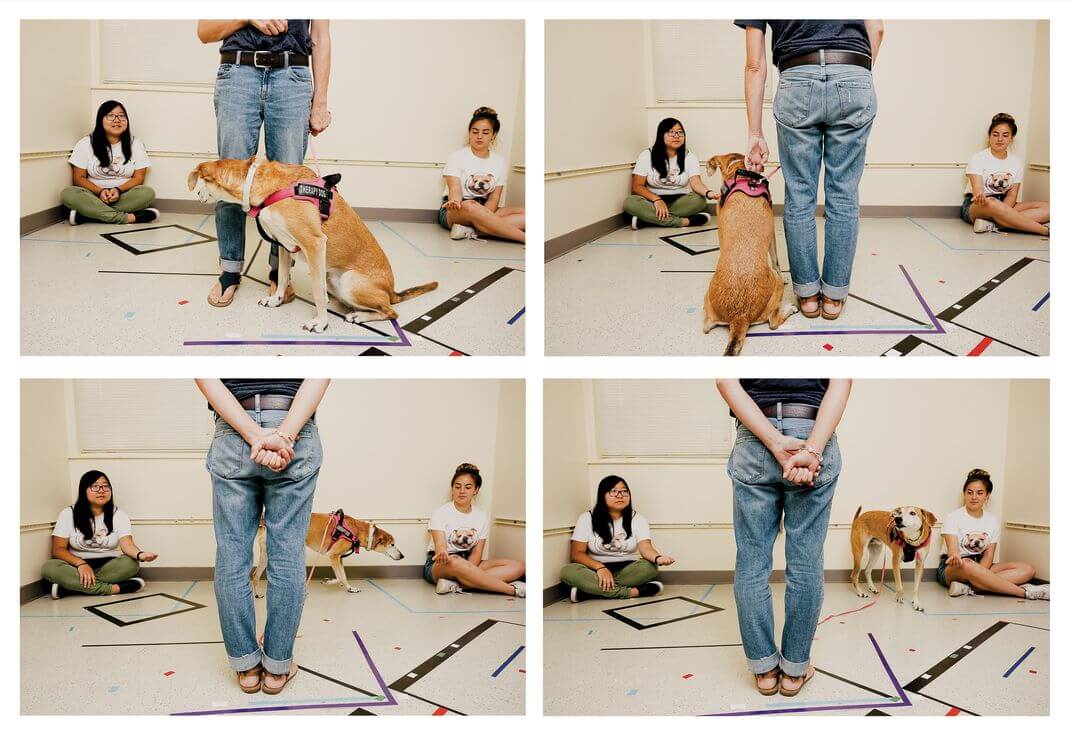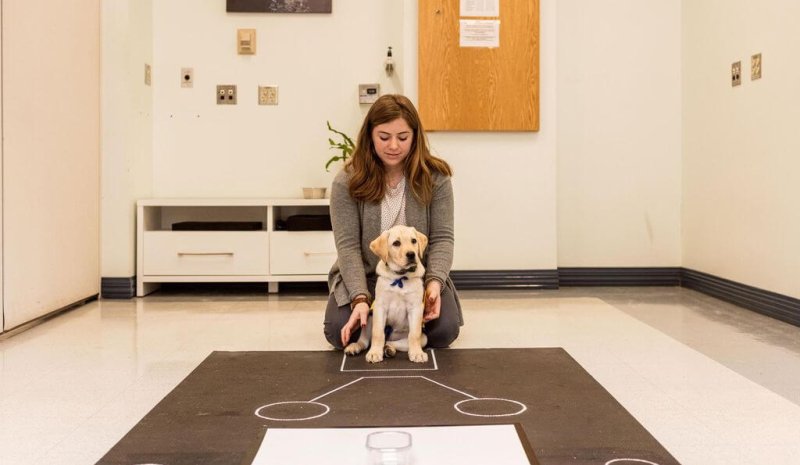In a minute or two, Winston will choose.
And in that moment will be a million years of memory and history, biology and psychology and ten thousand generations of evolution.
…
Imagine a dog is given a choice between someone who shares and someone who doesn’t. Between a helper and a hinderer. The experiment leader requests a clipboard. The helper hands it over cheerfully. The hinderer refuses. Having watched a scene in which one researcher shares a resource and another does not, who will the dog choose?
The question is tangled up with our own human prejudices and preconceptions, and it’s never quite as simple as it looks. Helping, [PhD student Zach] Silver says, is very social behavior, which we tend to think dogs should value. “When you think about dogs’ evolutionary history, being able to seek out who is prosocial, helpful, that could have been very important, essential for survival.” On the other hand, a dog might choose for “selfishness” or for “dominance” or for “aggression” in a way that makes sense to him without the complicating lens of a human moral imperative.
Turns out that a dog’s experience seems important. “Trained agility dogs approached a prosocial actor significantly more often than an antisocial actor, while untrained pet dogs showed no preference for either actor,” the researchers found.
































